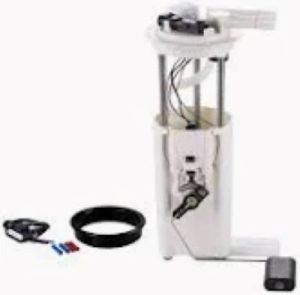Temperature has a direct impact on the performance and longevity of your fuel pump, as it can prematurely wear out the system while lowering efficiency. A fuel pump uses diesel as its coolant, so a fuel tank that is below 1/4 full can lead to the engine overheating. Once the fuel drops below 25%, a primary cooling source of the pump is lost, which could raise your internal temperatures by as much as 10-15%. Pumps that overheat frequently during the course of operations are at risk for up to a 20% reduction in life span from operating under strained motor and bearing conditions provoked by heat.
That means in locations with outside temperatures over 100°F during summer, fuel pumps run about 5-10% hotter than the average and those seals become weaker because of it as well internal components start rubbing together more. According to a study conducted by AAA, vehicles in hot and sunny locations are up to 15% more likely than those located elsewhere face fuel pump failures due coolers of fuel tanks being unprotected because it is the first time over an extended period of exposure.
This effect can have an even more pronounced impact on fuel pump reliability for high-performance vehicles. High-pressure fuel systems, of course run hotter than low pressure ones so the pump will automatically be under added stress. These engines are especially vulnerable to overheating without adequate cooling, and over-heated pumps can restrict fuel flow leading to a loss of engine power under high boost or RPM situations.

It will also cause unnecessary heat in the fuel pump due to electrical problems. The voltage variation will determine the temperature at which an electric pump operates, as under 12 volts moves it far from its intended performance window and capacity. Any increase in pump temperature from poor electrical connections or grounding that creates increased electrical resistance, can cause the pump to run 5-10% hotter and thus consequently decrease its performance as well as reducing the life of the water pumps.HttpSession Some technicians suggest having the wiring and grounds inspected per 50,000 miles to keep voltage flow steady; otherwise, it could prevent overheating.
In severe conditions, the heat can cause fuel to vaporize in the pump creating a phenomenon known as “vapor lock”, and this disrupts rising of fuel from tank; also result stalling engine. This usually tends to affect older cars or vehicles in high-altitude situations, where low pressure and vapours can make starting up difficult. In the words of automotive icon Henry Royce, “Take the best that exists and make it better… If it does not exist, create it. Keeping the Fuel Pump in a stable, cool environment improves its efficiency and extends life while making sure that drivers have reliable performance even under harsh conditions.